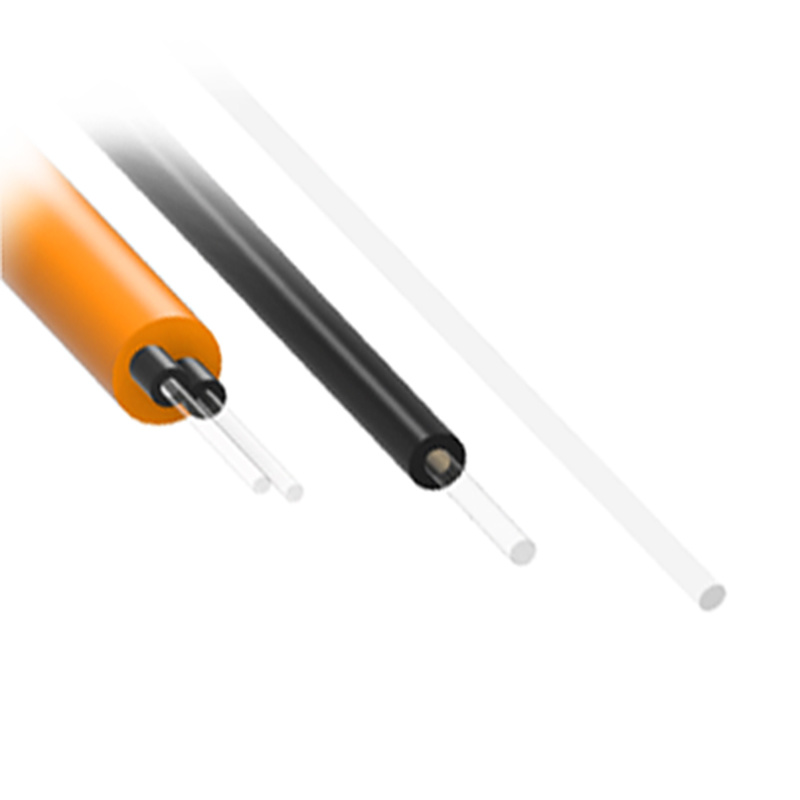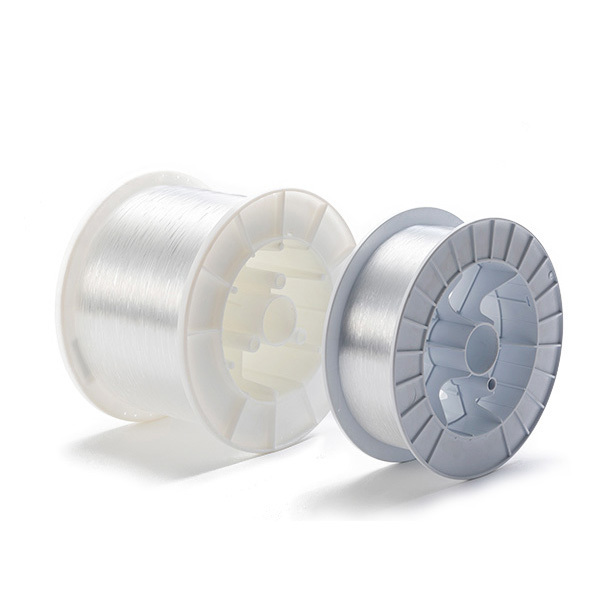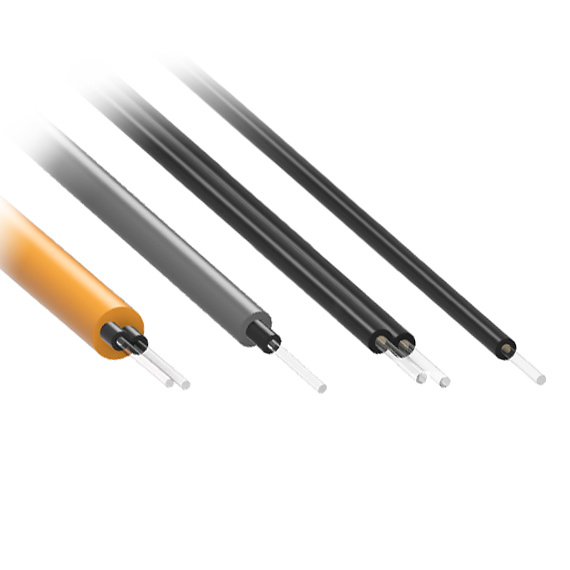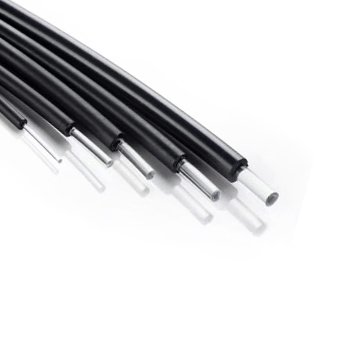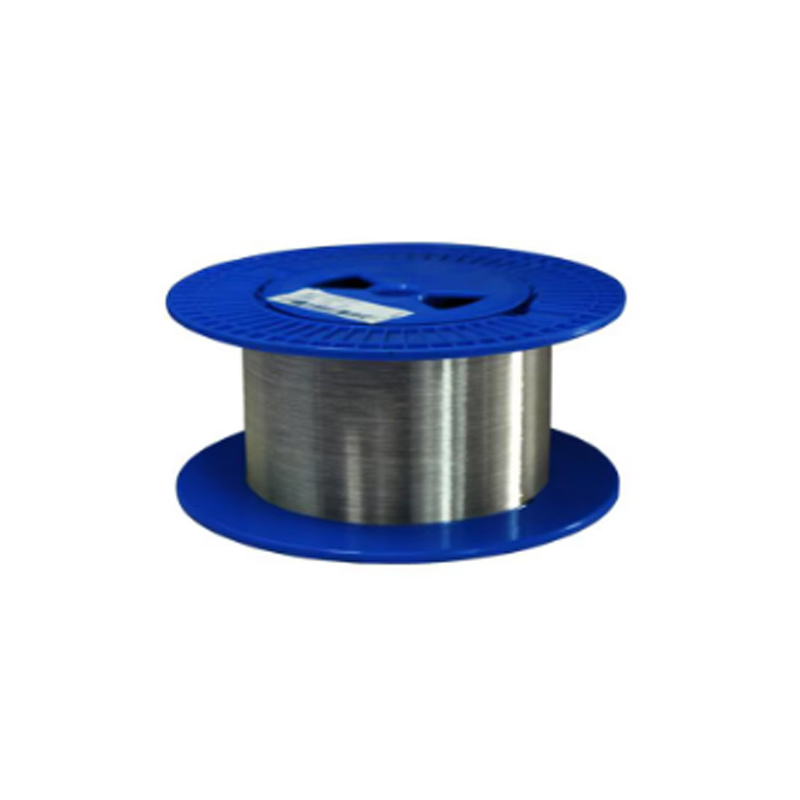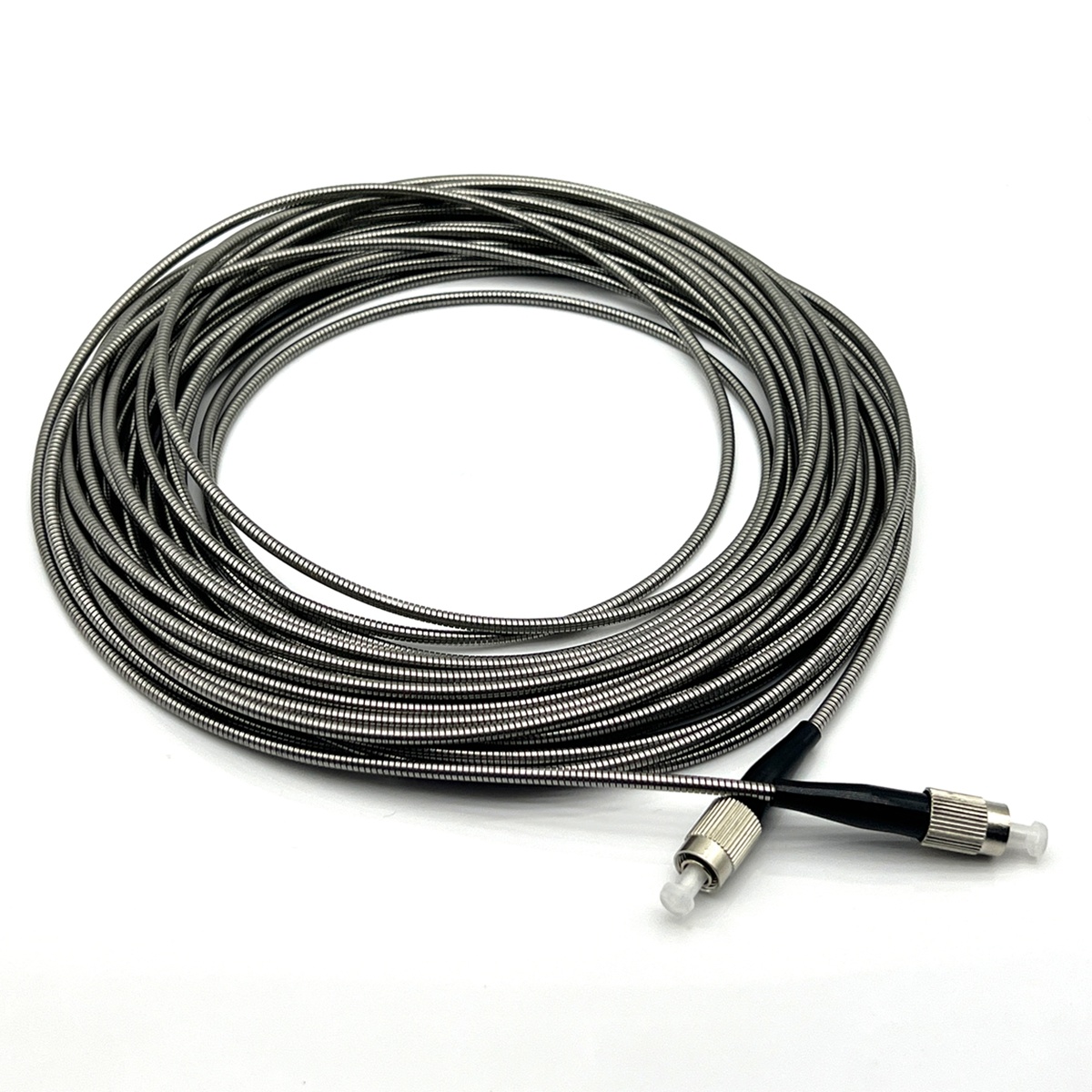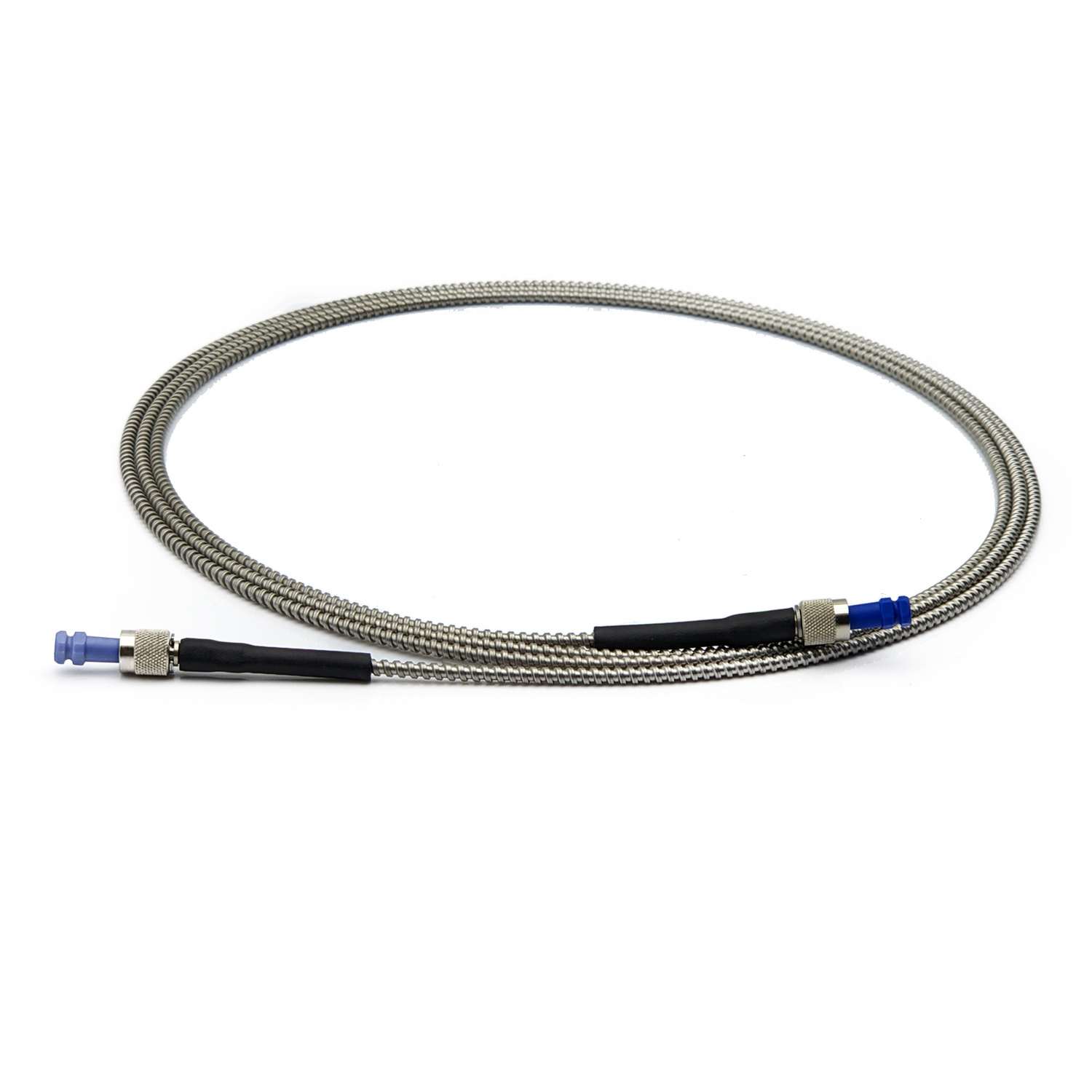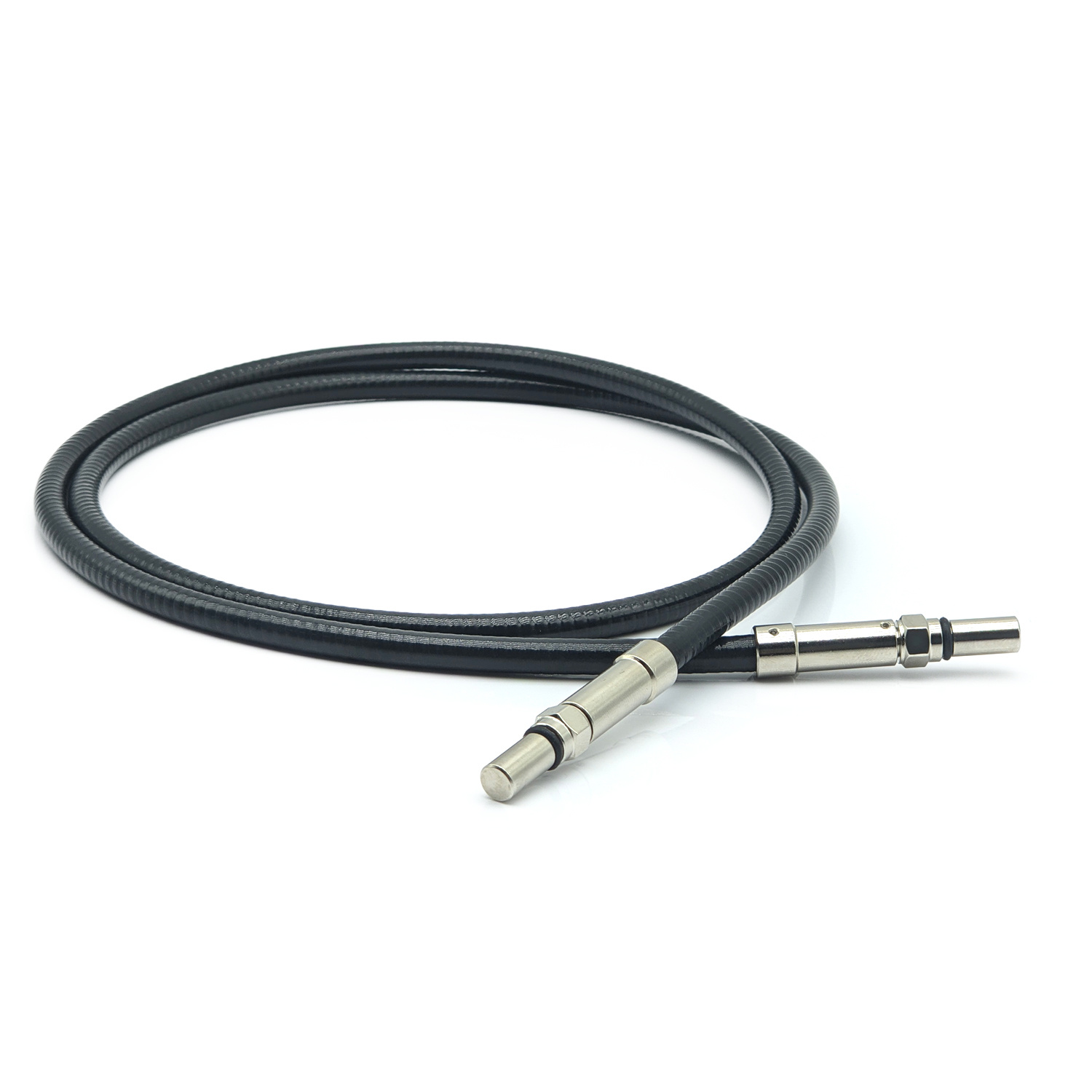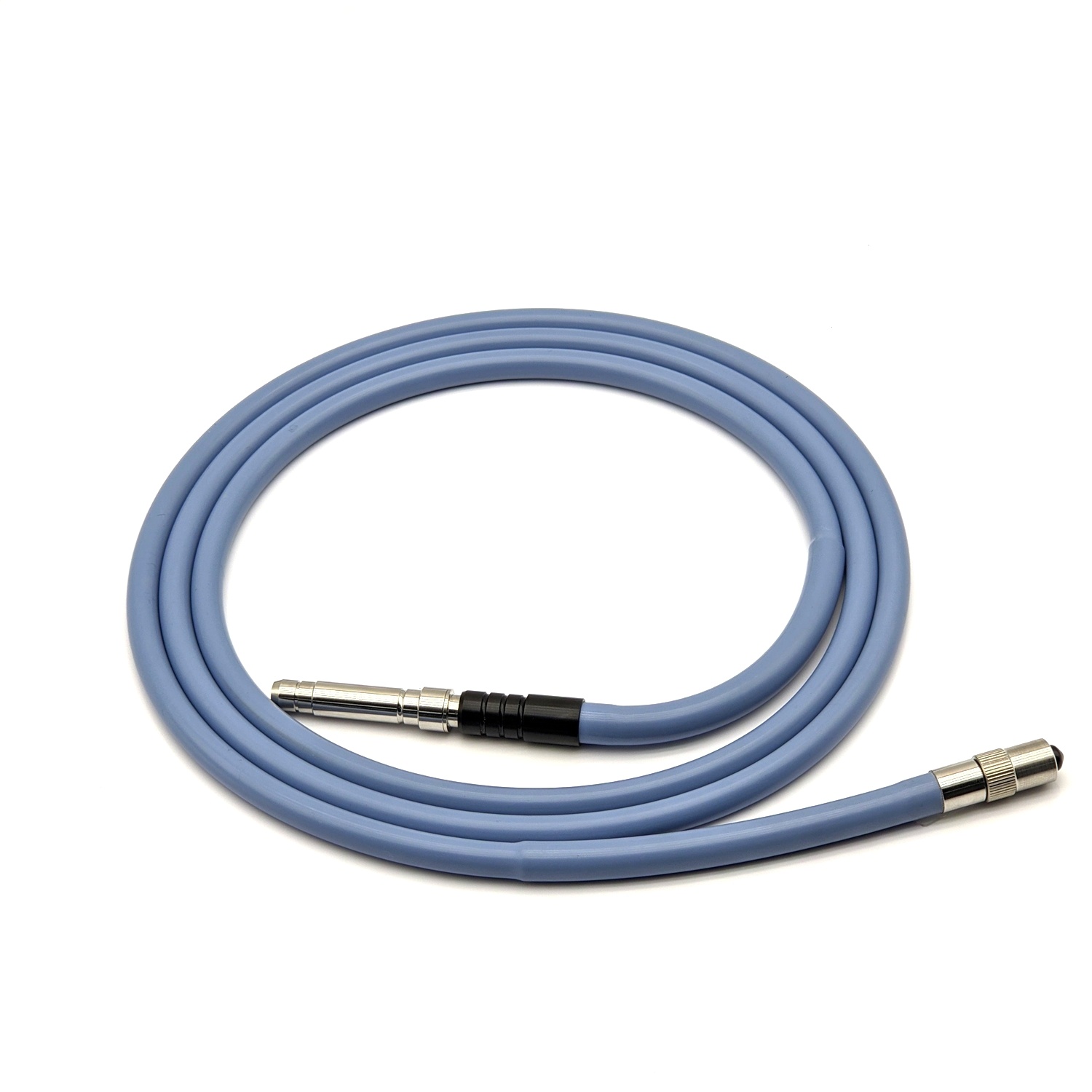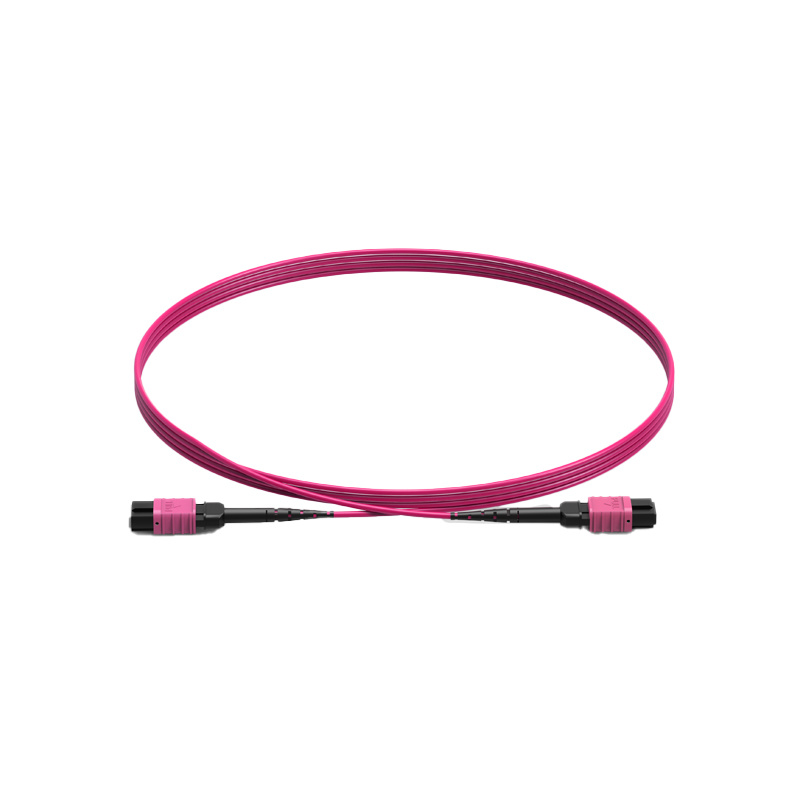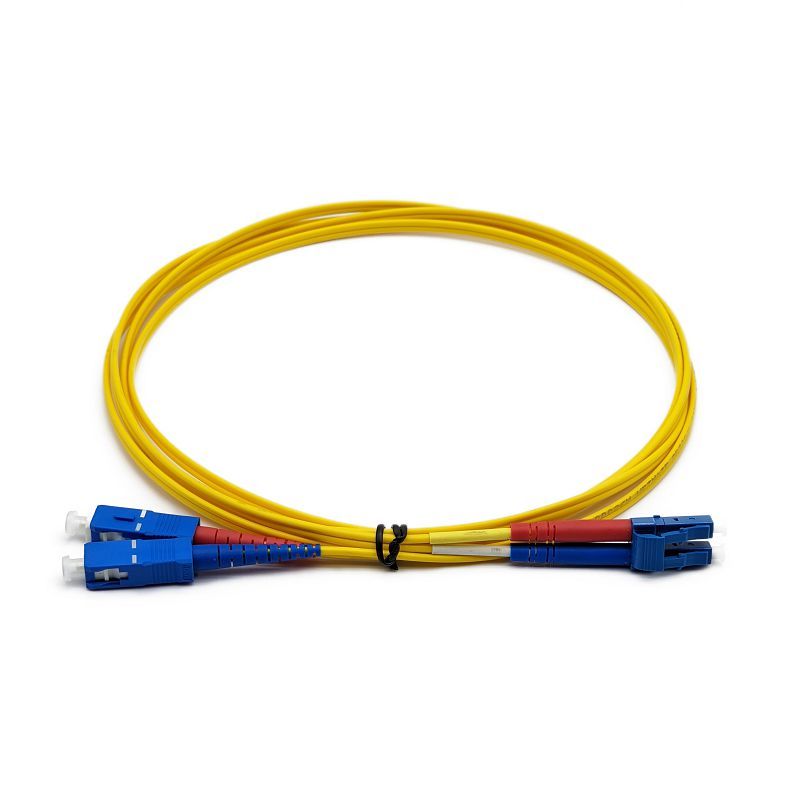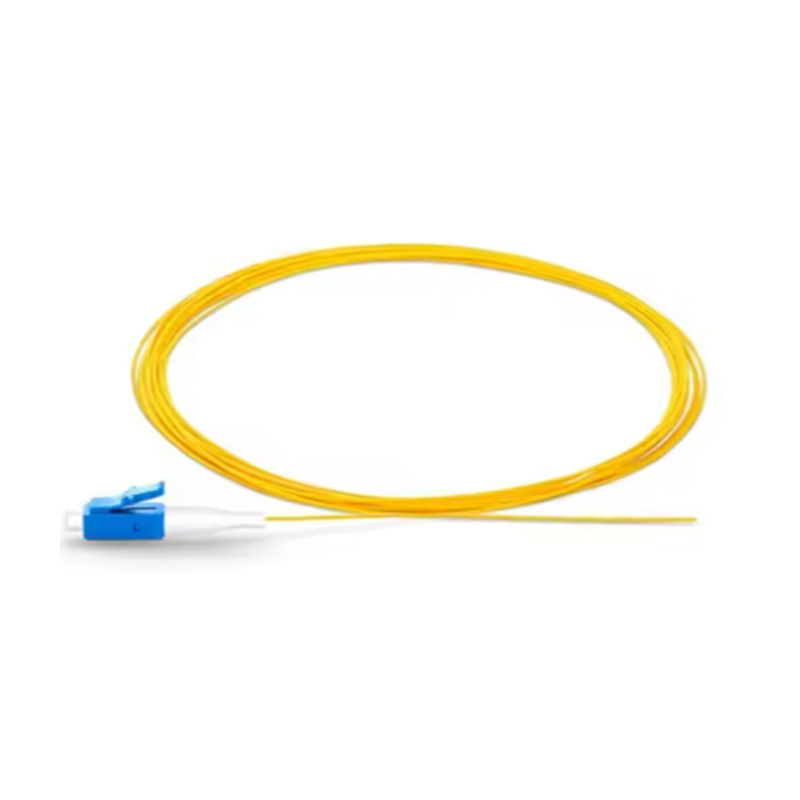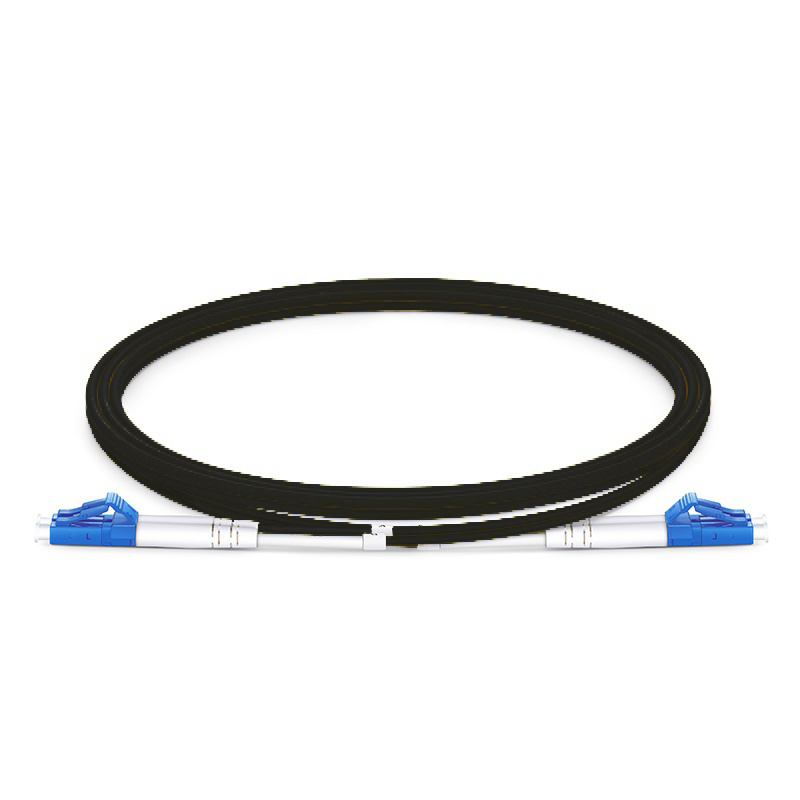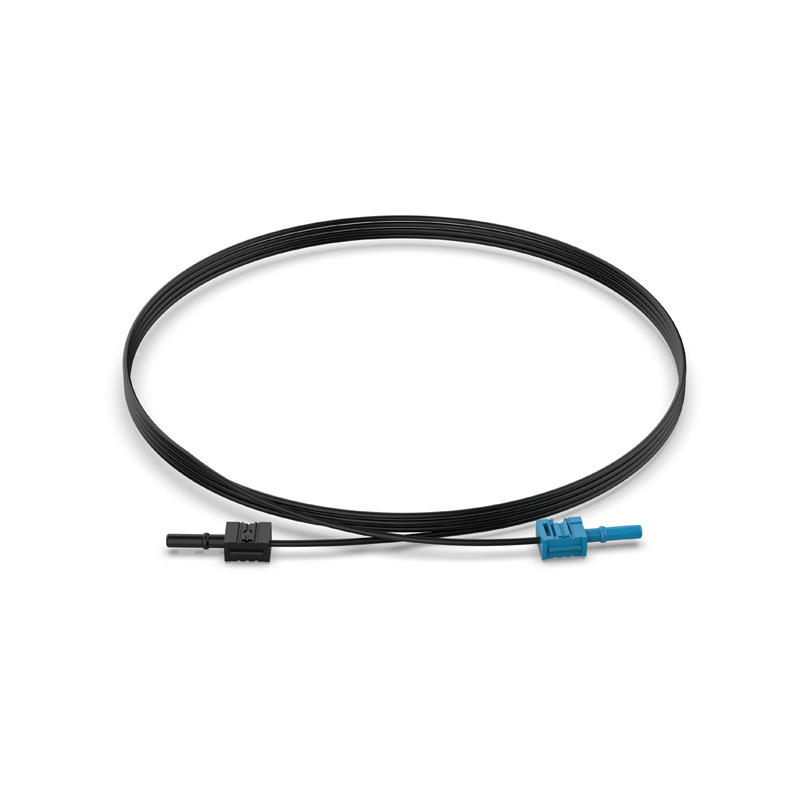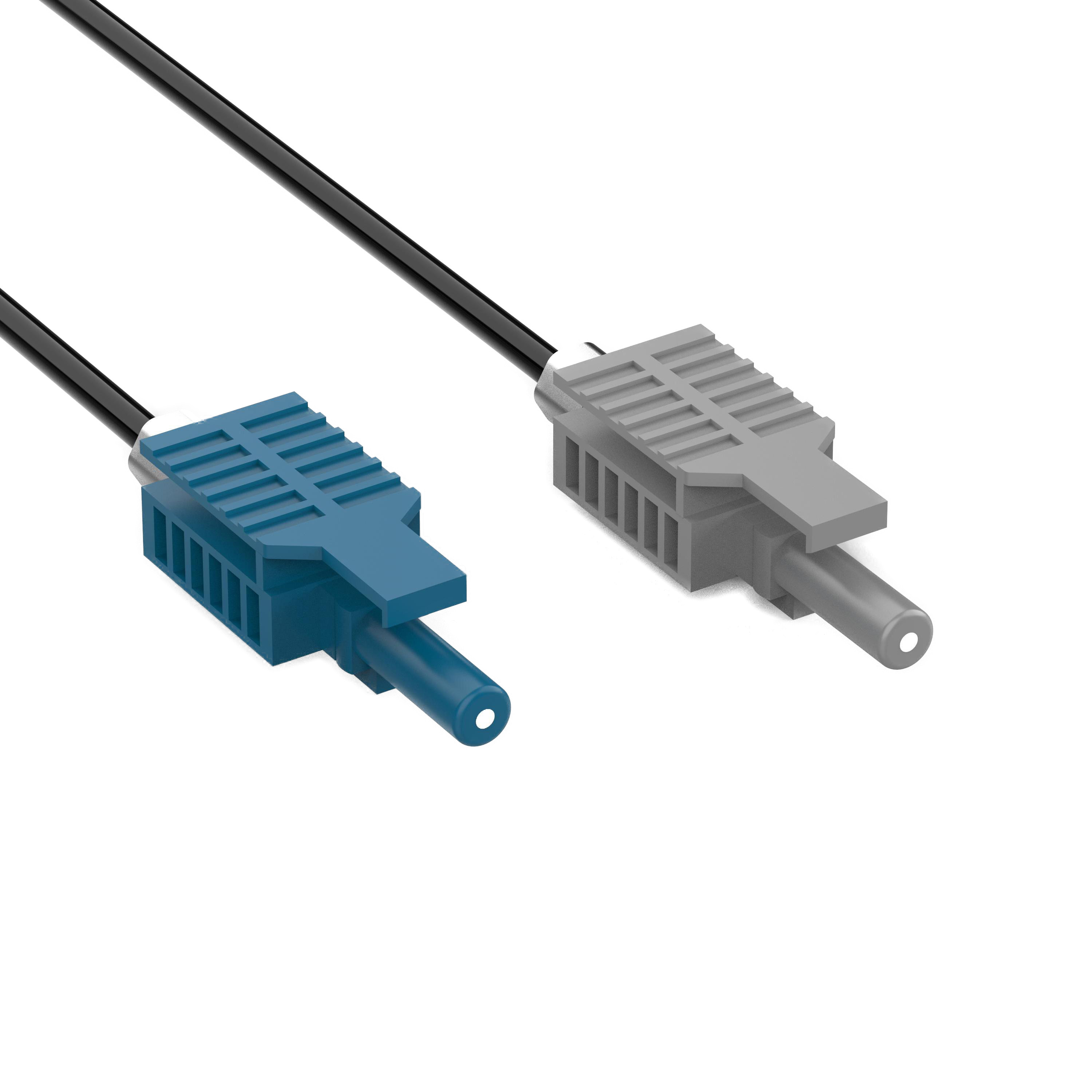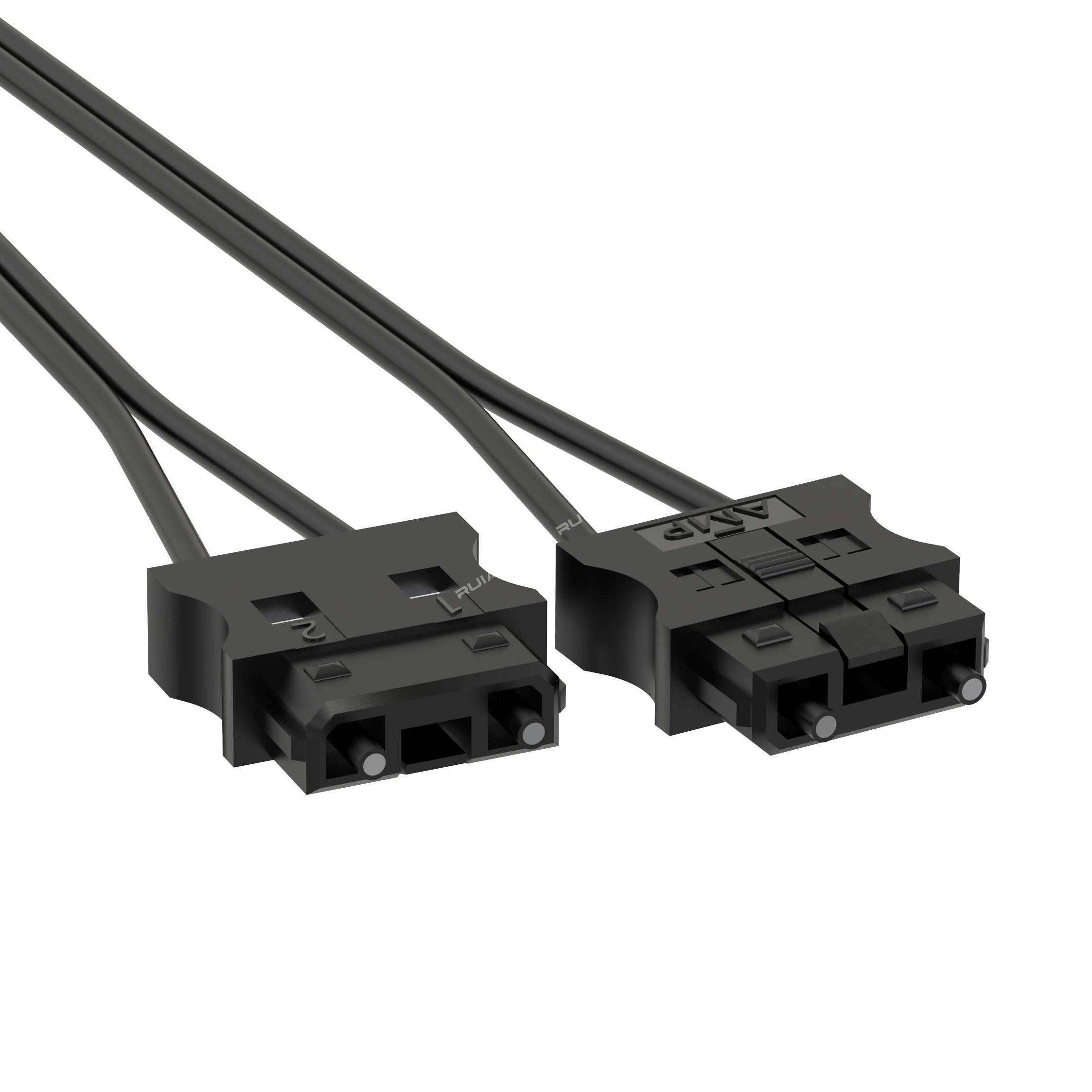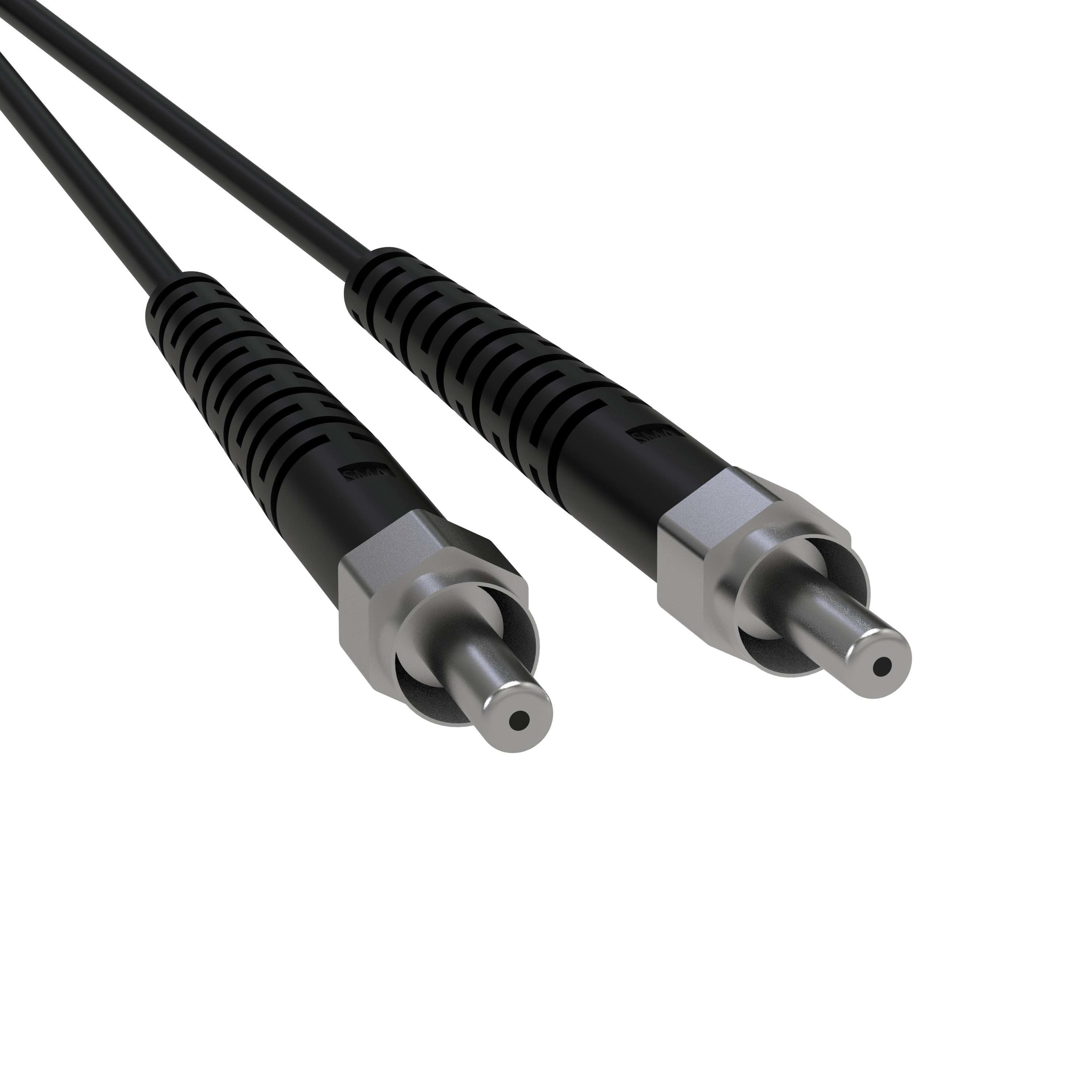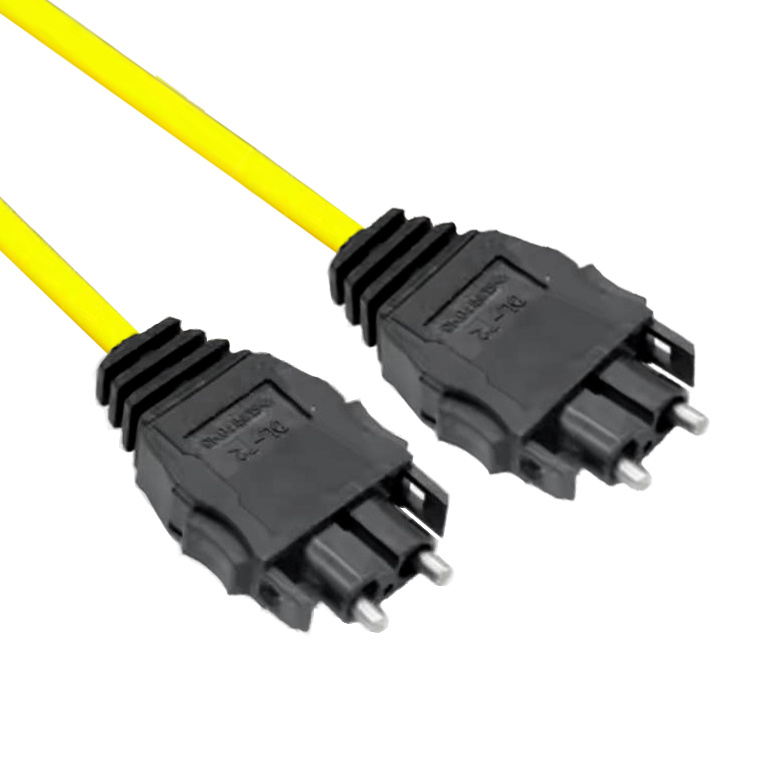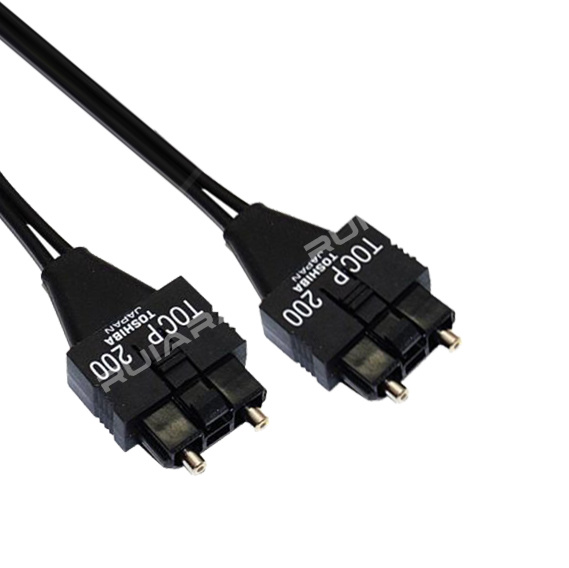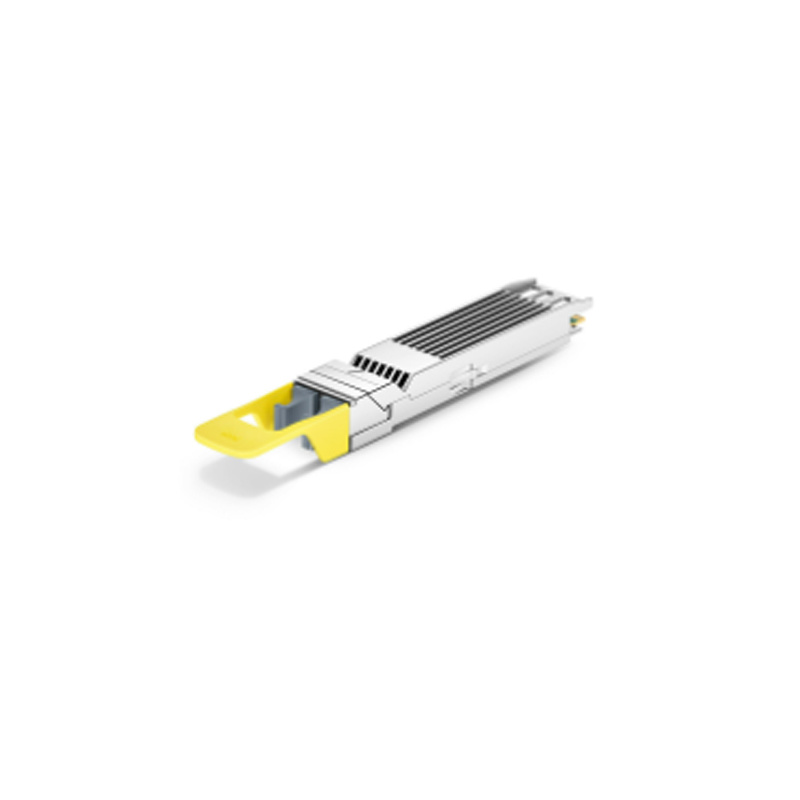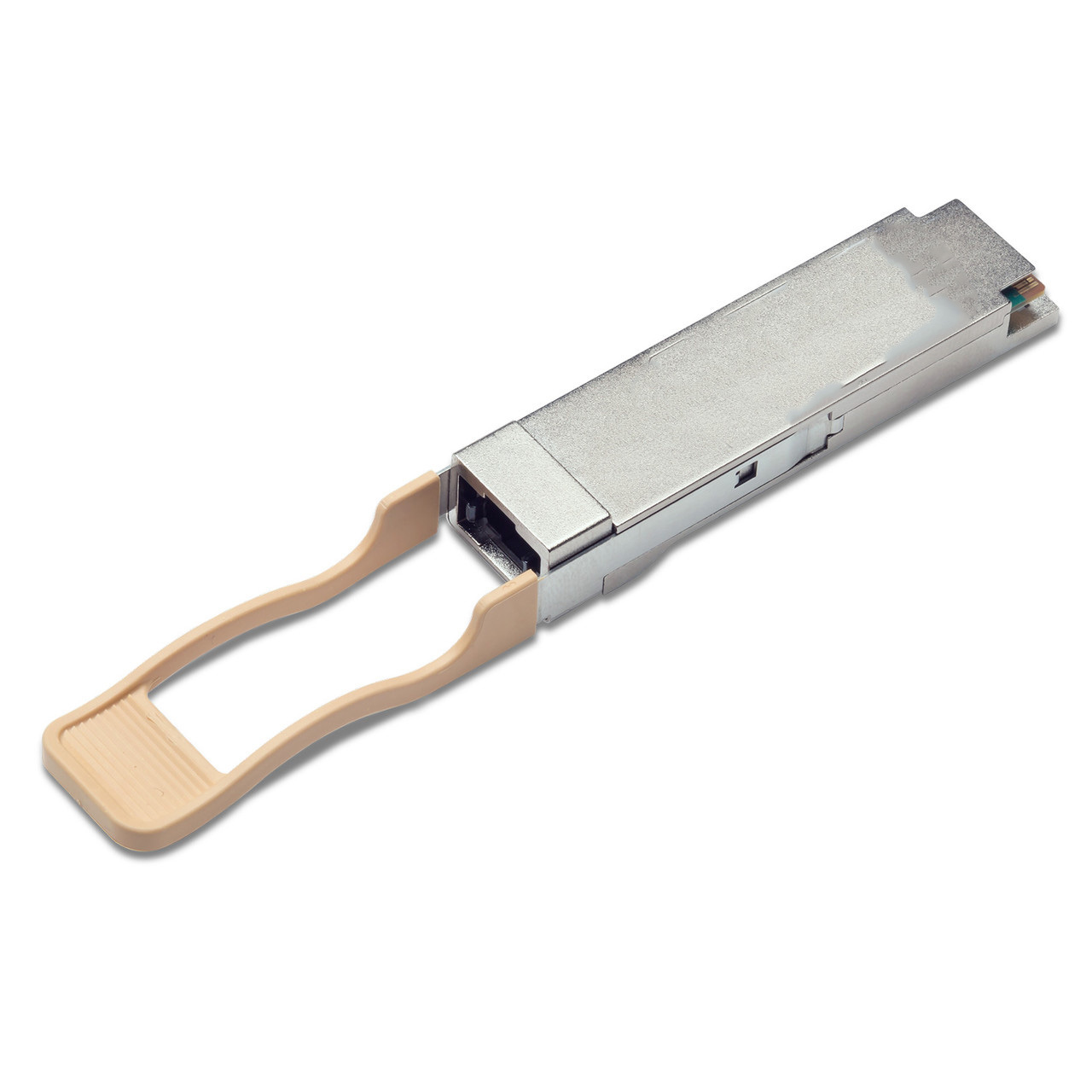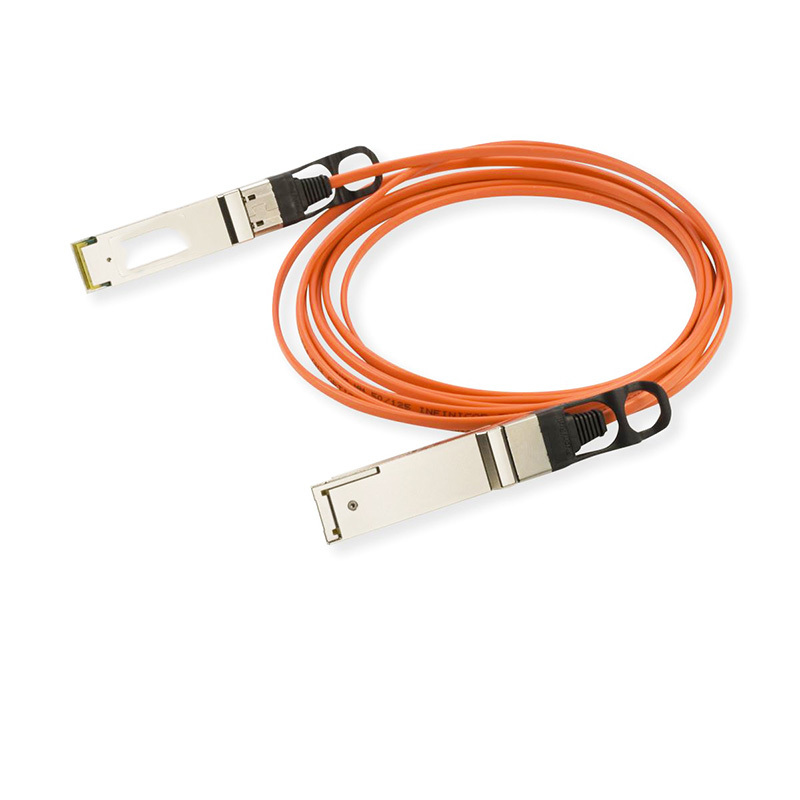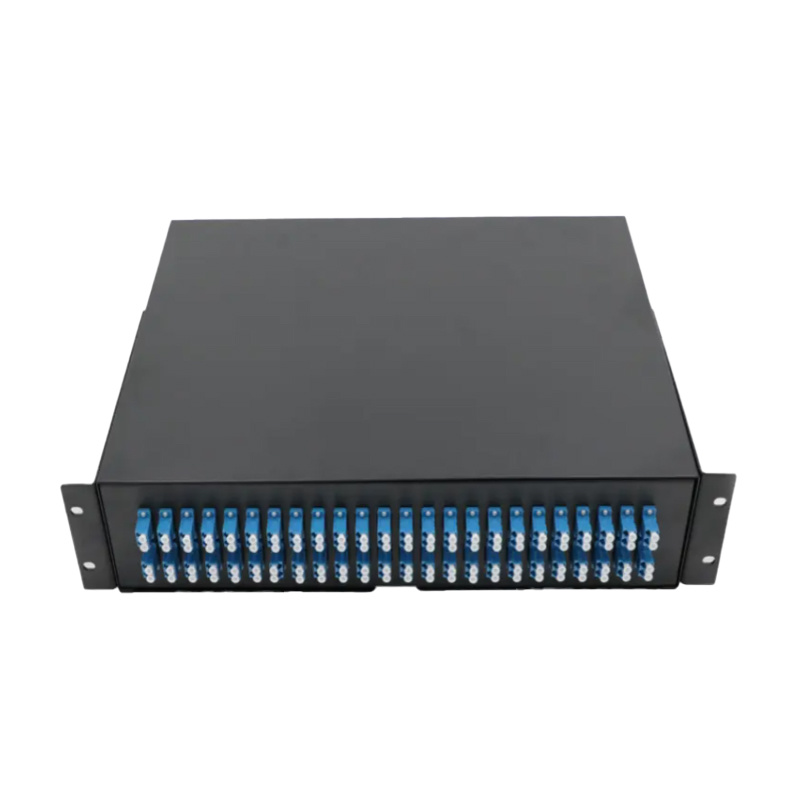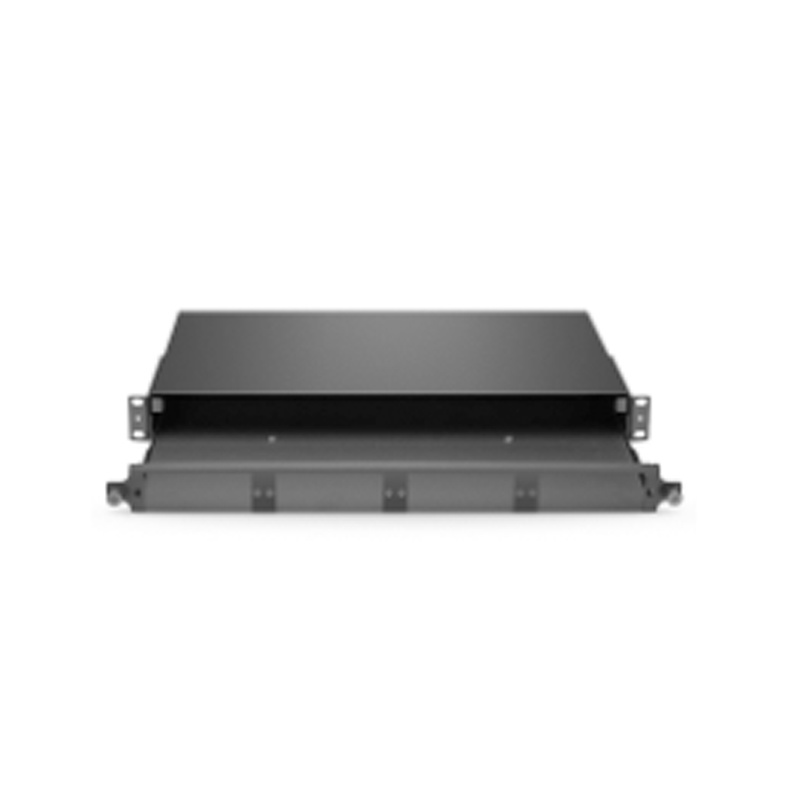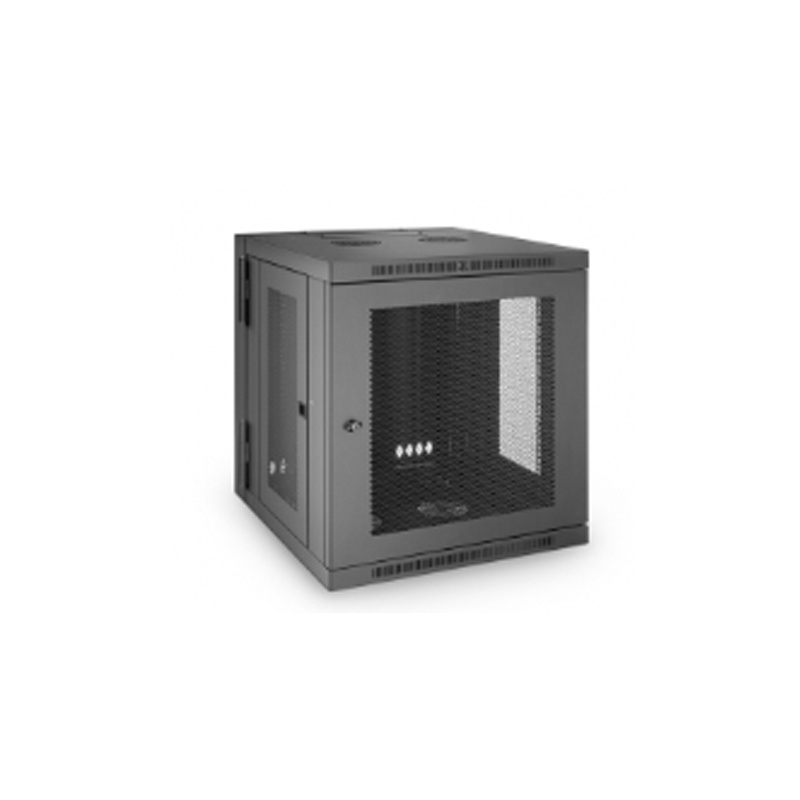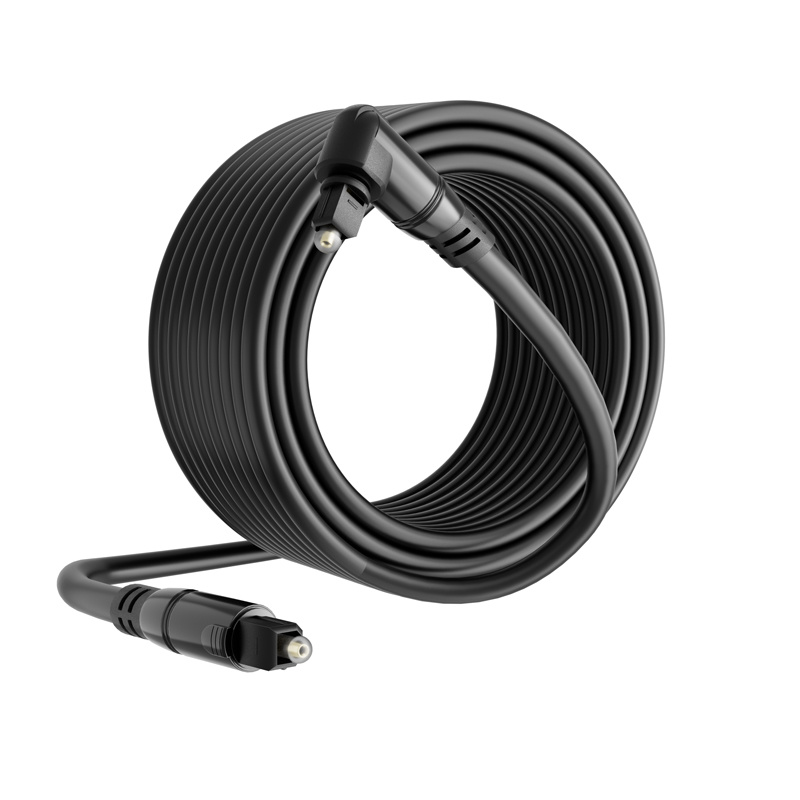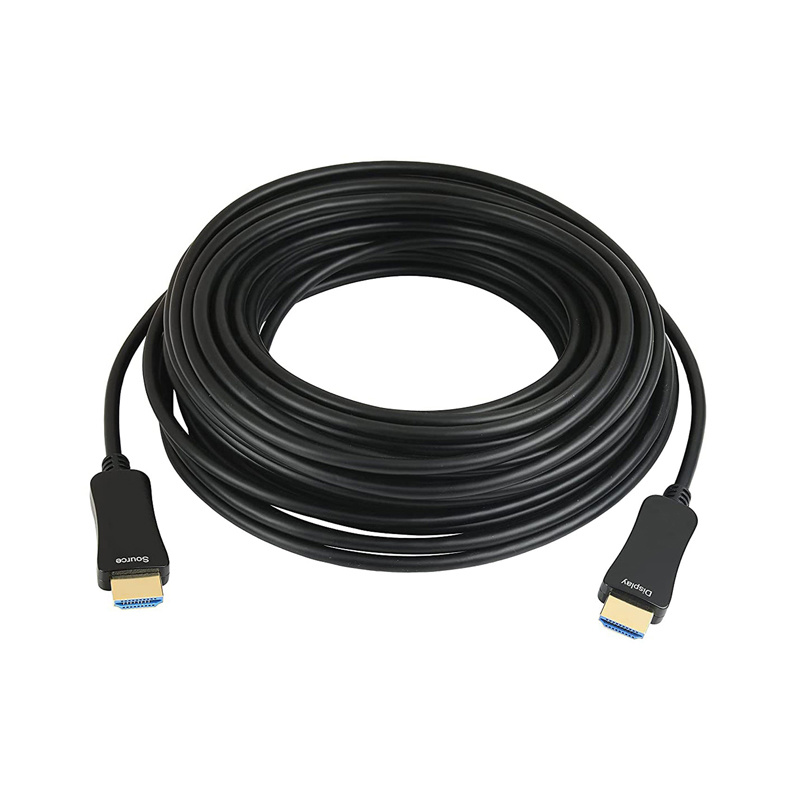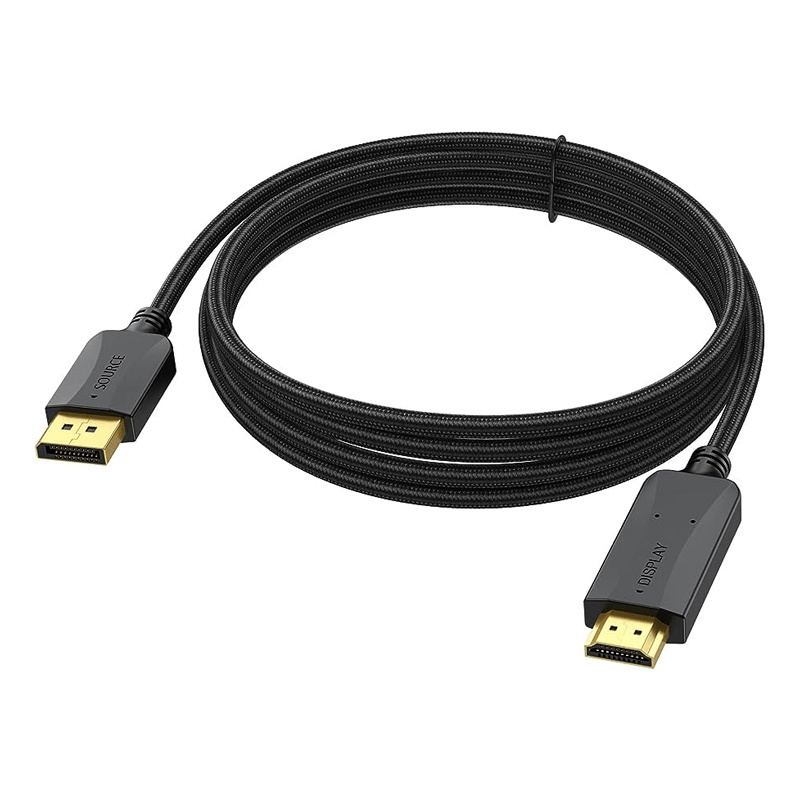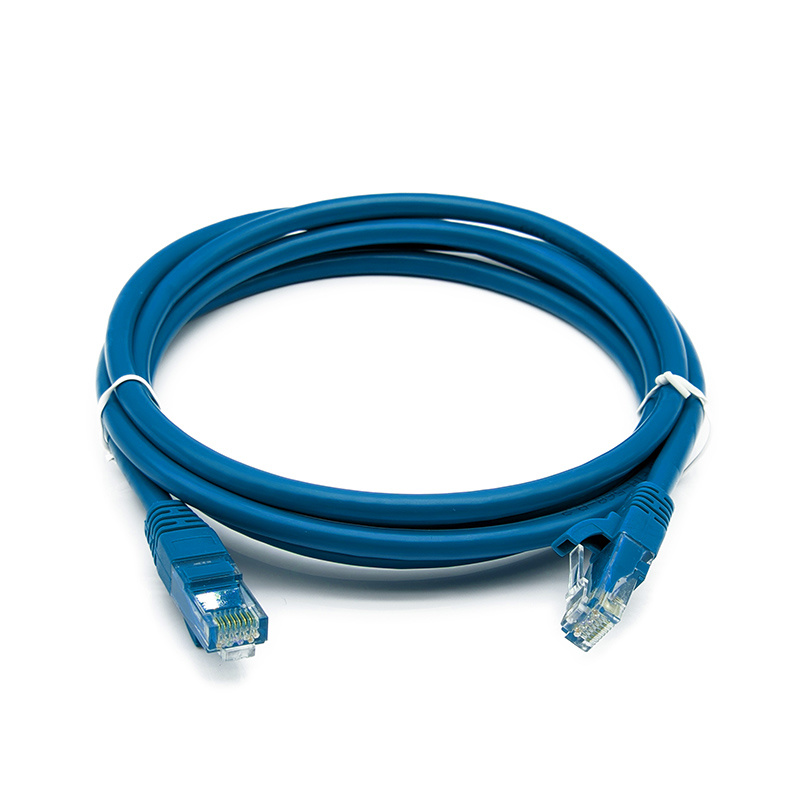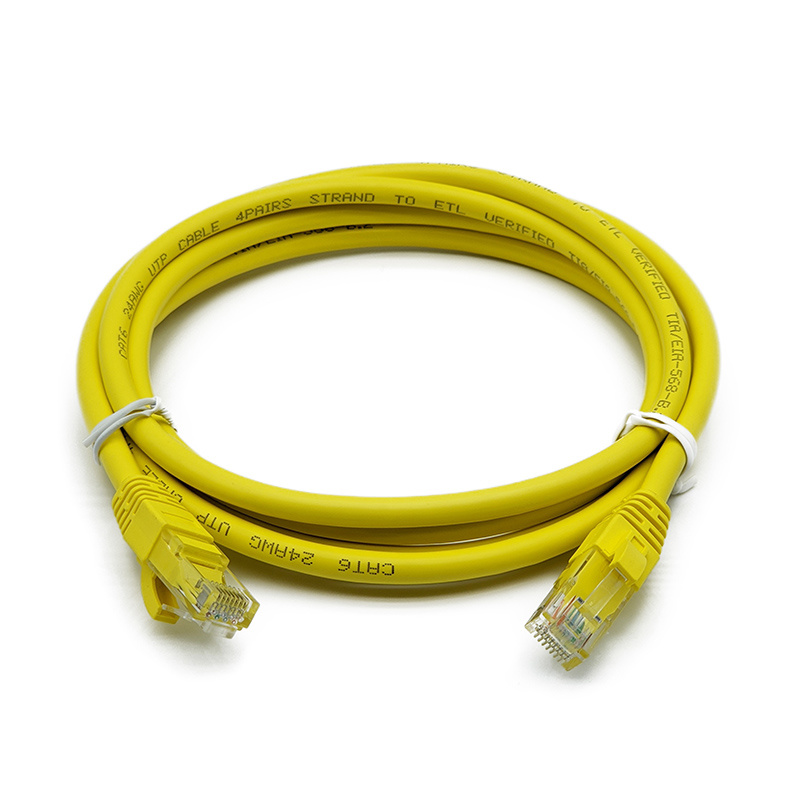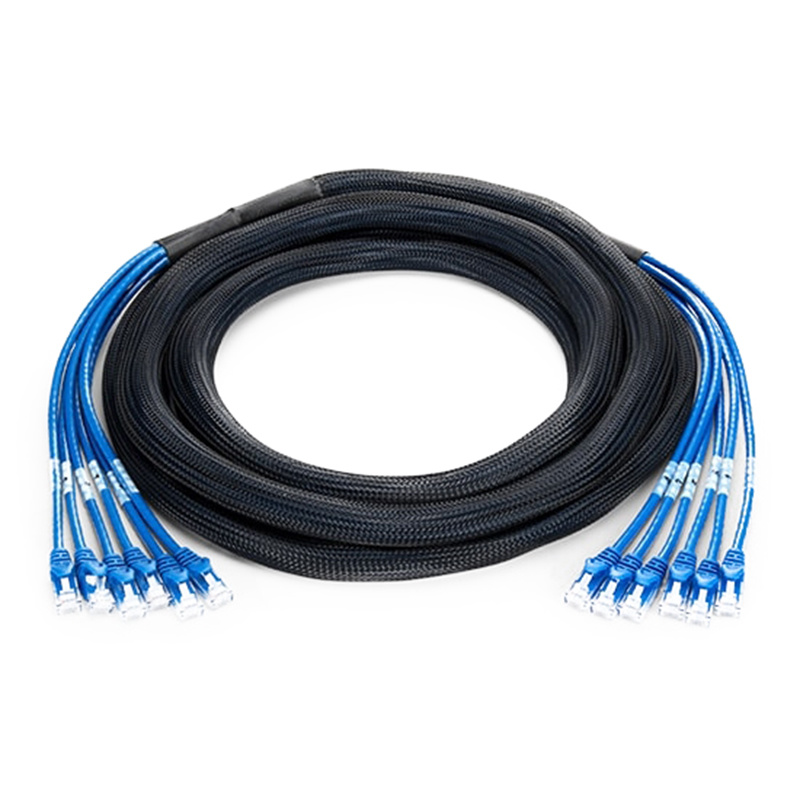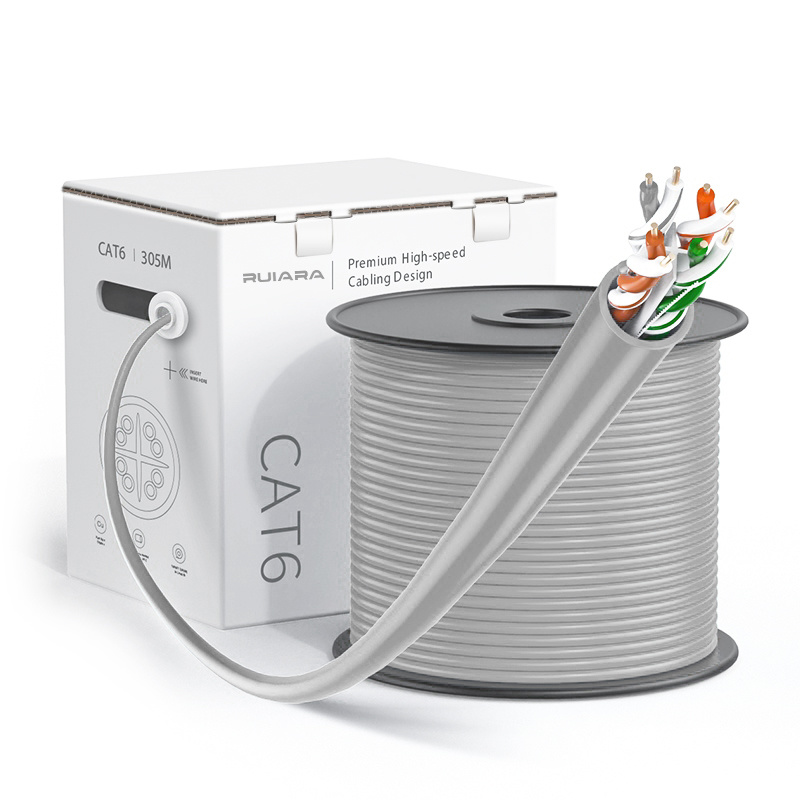Unlocking High-Speed Data Transmission: The Comprehensive Benefits of MPO Optical Connectors
In today's digital landscape, the demand for high-speed data transmission continues to grow exponentially. As businesses and individuals alike strive for seamless connectivity, the selection of appropriate connectivity hardware becomes crucial.
2025-07
1. Introduction to MPO Optical Connectors
In today's digital landscape, the demand for high-speed data transmission continues to grow exponentially. As businesses and individuals alike strive for seamless connectivity, the selection of appropriate connectivity hardware becomes crucial. MPO (Multi-fiber Push On) optical connectors have emerged as a pivotal solution for facilitating fast and reliable data transfers. This article endeavors to illuminate the multifaceted benefits of MPO connectors, positioning them as indispensable components in modern networking infrastructures.
2. Design and Functionality of MPO Connectors
MPO connectors are designed to accommodate multiple fiber optic strands within a singular connector body. Typically, they can house anywhere from 8 to 72 fibers, enabling simultaneous connections that significantly enhance data throughput. The key components of an MPO connector include:
- Connector Body: Typically manufactured from durable plastic, providing robustness and longevity.
- Fibre Array: This consists of multiple fibers arranged in a specific configuration, crucial for maintaining alignment during connection.
- Alignment Pins: These ensure precise mating of connectors, minimizing signal loss and maximizing data integrity.
The plug-and-play design of MPO connectors allows for quick deployment and reconfiguration, an essential feature in dynamic networking environments. Their versatility and adaptability make them suitable for a variety of applications, ranging from data centers to telecommunications infrastructure.
3. High-Speed Data Transmission: Why It Matters
In an era where data is the new currency, understanding the significance of high-speed data transmission is paramount. Speed and reliability in data transfer directly impact user experience and operational efficiency. High-speed connectivity enables:
- Real-Time Data Processing: Critical for industries such as finance and healthcare, where timely information can influence decision-making.
- Increased Productivity: Businesses can harness faster data transfer rates to streamline processes and enhance collaboration.
- Support for Bandwidth-Intensive Applications: Applications such as video conferencing, cloud computing, and online gaming demand robust data transfer capabilities.
By leveraging MPO optical connectors, organizations can ensure they remain competitive in an increasingly data-driven world.
4. Key Benefits of MPO Optical Connectors
The adoption of MPO connectors brings forth a multitude of advantages, making them a preferred choice for high-speed data transmission.
4.1 Space Efficiency and Density
One of the most notable benefits of MPO connectors is their space efficiency. In modern data centers, where real estate is at a premium, the ability to connect multiple fibers within a single connector reduces clutter and maximizes available space. This high-density solution minimizes the need for excessive cabling, leading to enhanced airflow and cooling efficiency.
4.2 Cost-Effectiveness
While the initial investment in MPO connectors may be higher than traditional connectors, the long-term cost savings are undeniable. The reduced need for extensive cabling and the efficiency in network management can significantly lower installation and maintenance costs. Additionally, the scalability of MPO systems allows for easy upgrades without complete overhauls, further enhancing their cost-effectiveness.
4.3 Future-Proofing Your Network
As technology evolves, so too do the demands on data networks. MPO connectors are inherently designed to accommodate increased data rates and fiber counts, making them a future-proof solution. By investing in MPO technology today, organizations can position themselves to adapt to future advancements without substantial additional investments.
5. Applications of MPO Connectors in Networking
MPO connectors are versatile and can be employed in various settings, including:
- Data Centers: Their ability to support high fiber counts makes them ideal for data center interconnections.
- Telecommunications: Used in central offices and for long-distance data transmission.
- Local Area Networks (LAN): Providing high-speed connections for enterprise networks.
- Fiber To The Home (FTTH): Facilitating high-speed internet access for residential areas.
The adaptability of MPO connectors ensures that they can meet the evolving demands of these diverse applications.
6. Installation and Maintenance of MPO Connectors
Installing MPO connectors requires careful attention to the alignment of fibers and the use of proper tools. The installation process typically includes:
1. Preparing the Fiber: Stripping and cleaving the fibers to ensure clean connections.
2. Connecting the Fibers: Inserting the fibers into the MPO connector housing with precision.
3. Testing the Connection: Utilizing testing equipment to confirm signal integrity and performance.
Maintenance of MPO connectors includes regular inspections and cleaning to prevent dust accumulation, which can degrade performance. Proper training for installation and maintenance is essential to maximize the benefits of MPO technology.
7. Emerging Trends in Optical Connector Technology
The landscape of optical connectors is continuously evolving, with trends such as:
- Higher Fiber Counts: As the demand for bandwidth grows, connectors with higher fiber counts are becoming standard.
- Increased Focus on Sustainability: Manufacturers are prioritizing eco-friendly materials and processes in production.
- Standardization of Designs: Efforts are underway to create universally compatible optical connectors for easier integration.
These trends indicate a promising future for MPO connectors and their role in high-speed data transmission.
8. Frequently Asked Questions
Q1: What is an MPO optical connector?
A: An MPO optical connector is a type of connector that accommodates multiple fiber optic strands, allowing for high-density and high-speed data transmission.
Q2: What are the main advantages of using MPO connectors?
A: The key benefits include space efficiency, cost-effectiveness, and future-proofing capabilities for evolving technology needs.
Q3: How do I install MPO connectors?
A: Installation involves preparing the fiber, connecting the fibers to the MPO housing, and testing the connection for signal integrity.
Q4: Can MPO connectors be used for both single-mode and multimode fibers?
A: Yes, MPO connectors can be designed to accommodate both single-mode and multimode fibers, making them versatile for different applications.
Q5: What maintenance do MPO connectors require?
A: Regular inspections and cleaning are necessary to maintain optimal performance and prevent dust accumulation that can affect signal quality.
9. Conclusion
MPO optical connectors represent a vital advancement in the realm of high-speed data transmission. Their unique design, combined with numerous benefits such as space efficiency, cost-effectiveness, and adaptability, make them an essential choice for modern networking. As the demand for faster and more reliable data connections continues to increase, the role of MPO connectors will only become more significant. By embracing this technology, organizations can position themselves at the forefront of the digital age, ensuring robust and scalable network infrastructures for years to come.
Related News
Sorry,当前栏目暂无内容!
您可以查看其他栏目或返回 首页
Sorry,The current column has no content!
You can view other columns or return Home
COOKIES
Our website uses cookies and similar technologies to personalize the advertising shown to you and to help you get the best experience on our website. For more information, see our Privacy & Cookie Policy
COOKIES
Our website uses cookies and similar technologies to personalize the advertising shown to you and to help you get the best experience on our website. For more information, see our Privacy & Cookie Policy
These cookies are necessary for basic functions such as payment. Standard cookies cannot be turned off and do not store any of your information.
These cookies collect information, such as how many people are using our site or which pages are popular, to help us improve the customer experience. Turning these cookies off will mean we can't collect information to improve your experience.
These cookies enable the website to provide enhanced functionality and personalization. They may be set by us or by third-party providers whose services we have added to our pages. If you do not allow these cookies, some or all of these services may not function properly.
These cookies help us understand what you are interested in so that we can show you relevant advertising on other websites. Turning these cookies off will mean we are unable to show you any personalized advertising.

